Japan goes from one extreme to another, such as in its bathroom practices. In some older buildings or ancient train stations, there are still washiki (Japanese-style, hole-in-the-ground) toilets, and beyond peeing in one, I haven’t the foggiest idea how to use it properly. On top of that, going on my hunches at my ancient age will not happen. So, how do senior citizens use these toilets?
Luckily, there are Western-style toilets in Japan, but they are way more advanced than the ones in the U.S. and Europe. The yoshiki (Western-style) toilets resemble the toilet in a home or business in the U.S., except that there is a panel control by the side where one sits on the toilet. Usually, the push buttons are clearly described in Kanji, but unless you read the Japanese language, it is an educated guess which button to push. Generally, the toilet is in a separate room away from the rest of the bathroom. Once you enter, the lids automatically open to greet you. Sitting down, you notice the seat is warm, especially in winter. After you finish, you can use the pipe from the toilet that cleans your bottom with lukewarm water. There are various degrees of water power one can use. After that, you can use the dryer, which I presume is another pipe hidden in the toilet area.
When I first came to Japan, I encountered this toilet in a formal Japanese restaurant. After I peed, I made the wrong choice of button, and slowly and surely, a thin pipe appeared and sprayed warm water all over my crotch area. I was wearing white Levi’s, and the trick was getting back to my table without anyone noticing the wet stain on the crotch area of my jeans. My technique was to pretend nothing happened, and perhaps no one would notice. My wife noticed within 10 seconds of returning to the meal table and immediately ran to the toilet to clean up the water spillage. That was not a good evening.
I’m at home now in Los Angeles and feeling the 16-hour time difference. I'm also in a world with different architecture. Even the streets in Tokyo are different in terms of the design and size of some major streets, which are tiny compared to those in Los Angeles or even New York City. Compared to Tokyo, Los Angeles doesn’t change much. We tear down historically essential structures and put something else up that may or may not be eye-sore, but things can change shape in Tokyo. Shibuya is an excellent example of an area that has radically changed. I know that area well, but it seems more foreign to me due to the skyscrapers built in the last five years. And it's not over yet; there will be more significant changes shortly. At the moment, it isn't easy to see the sky in this area. I’m fortunate to go to Japan every year to note these changes, which, of course, I never liked the new version of such neighborhoods as the current Shibuya, when the older one had such charm and grace.
Every once in a while, I do see an abandoned structure in Tokyo, usually in a lovely neighborhood. They stand out because they are beautiful structures in themselves and convey a character that came out of the Showa era in Japan. This could have been a garage with an apartment above or perhaps a street-level shop with an upstairs. The narrative is unknown so that I can make a story around this structure. For me, a city is an imaginary playground with a dual purpose of history and made-up narration.
Down the street is a restaurant with a second floor and a rooftop terrace. I don’t know what is up on the second floor. It can be an apartment, and more likely so, due to that, another entrance leads to the second floor. These structures are on En-Yuji-Dori (Avenue) in Meguro, where I live in Tokyo. This is my neighborhood. A small bar can fit several people called My Blue Heaven and two take-out Pizza joints. I have never eaten or had drinks in these places, nor have I had dinner or drinks in some areas close to me, such as my neighborhood in Los Angeles. Yet they are essential to me because I like or desire life to happen outside my experience. To imagine a world I can see and feel, but like a cat, I keep my distance.
Walking through Tokyo, one can notice something from the past or changes that move slowly. I do suffer from some trauma where I have feelings of vertigo creeping up to me like vegetation taking over an abandoned building. If I stood perfectly still, I could pretty much call out a panic attack, and to avoid it, I have to keep moving. When I’m at home in Los Angeles and don’t move, I can sit by our prominent window to look out on the street, and nothing changes quickly. If I do the same in Tokyo, even in quiet neighborhoods, movements of all sorts take place in front of my eyes. Like the left hand (and I’m left-handed) needing the right hand, I feel the same about Tokyo and Los Angeles. I need to have both to feel whole.



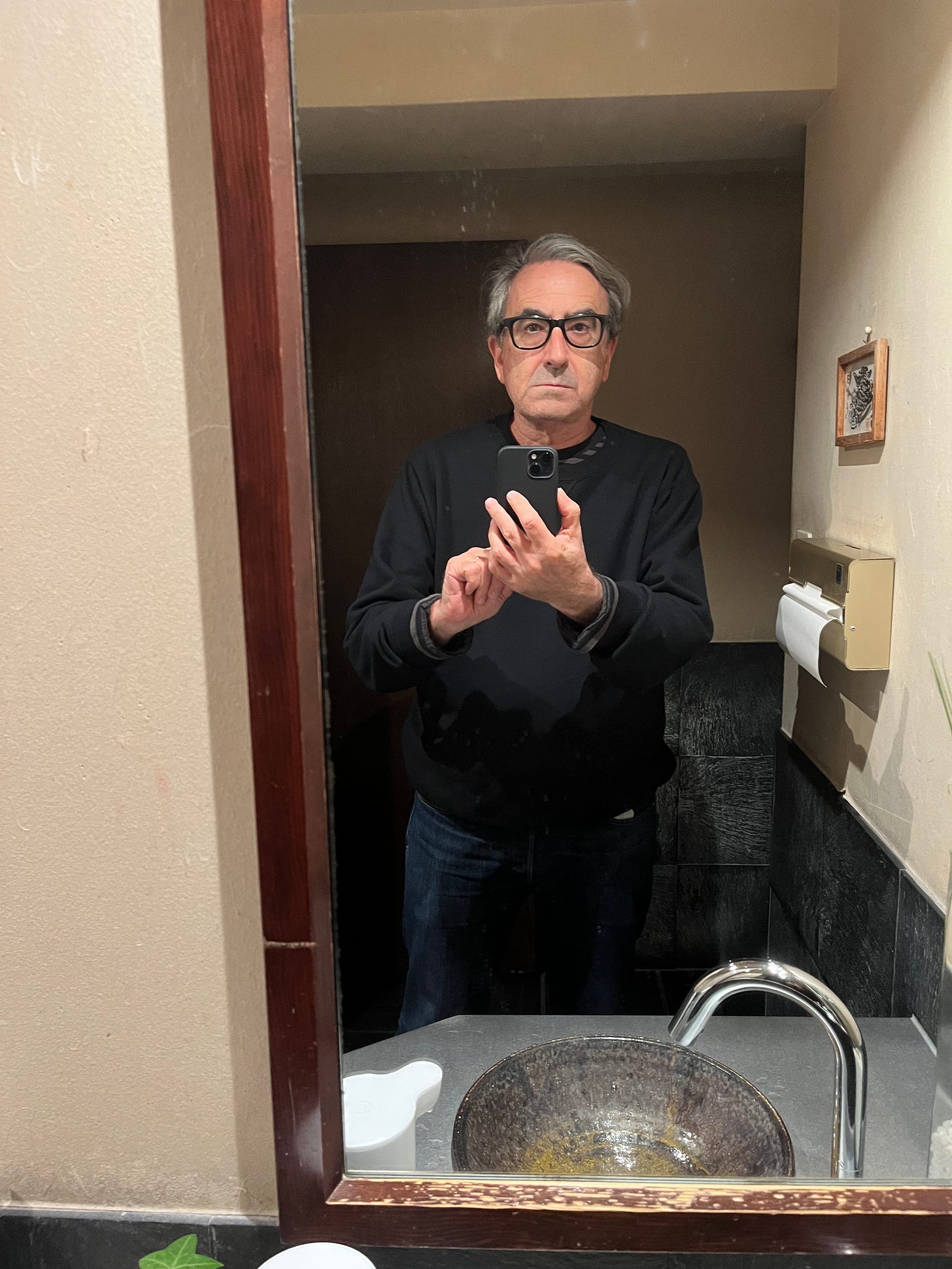
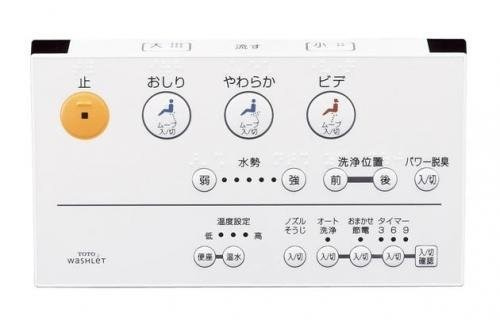
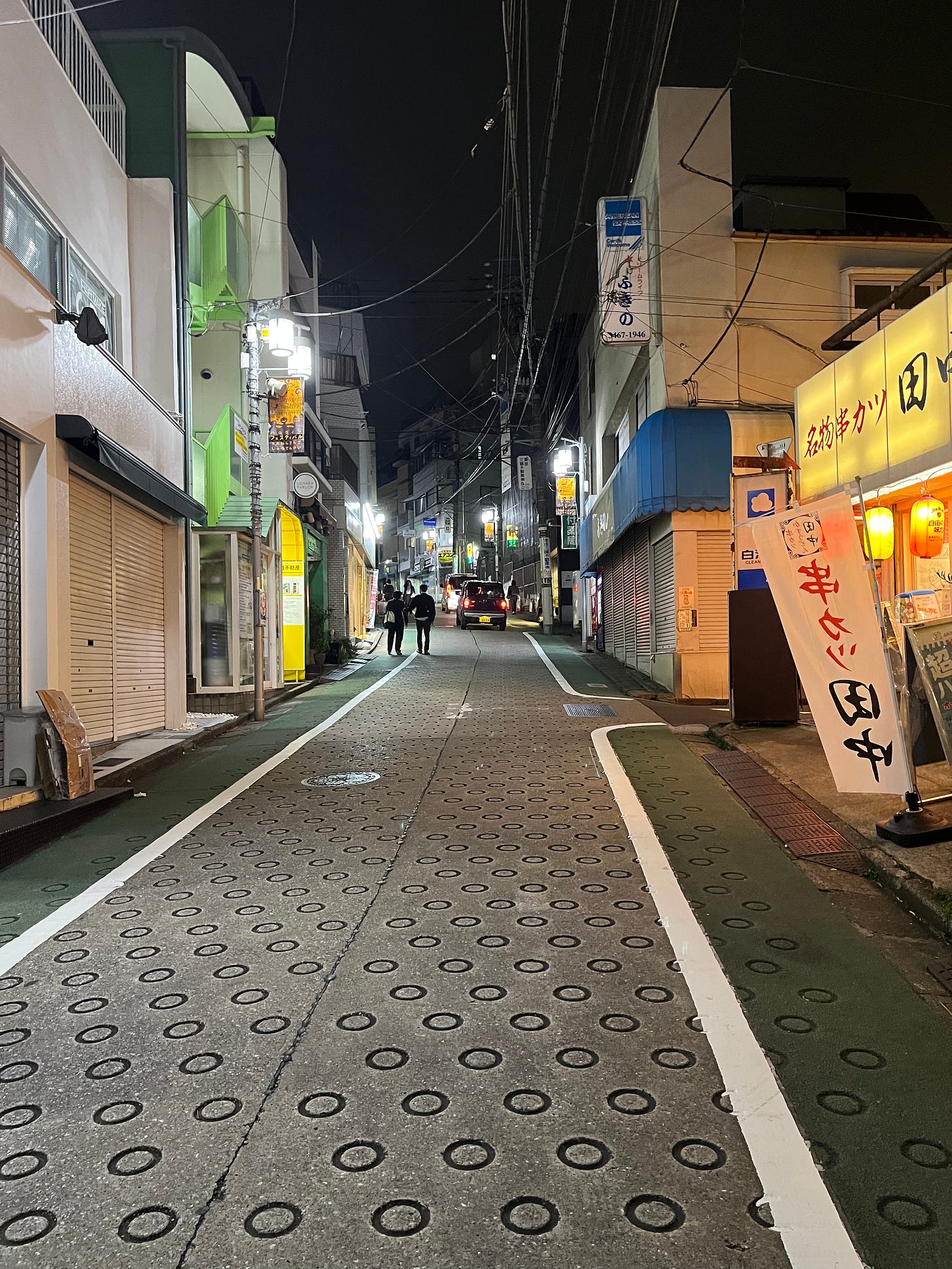
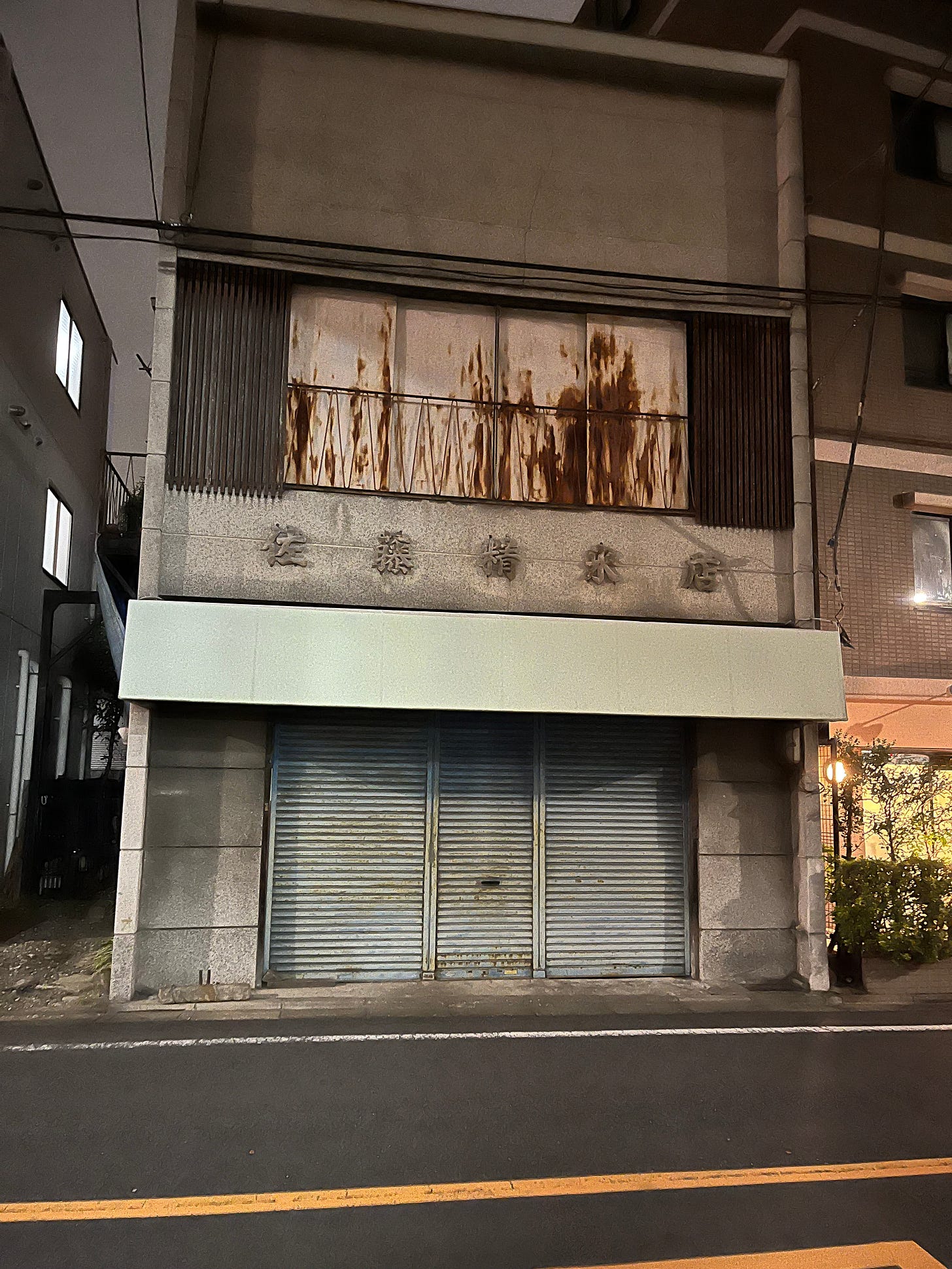

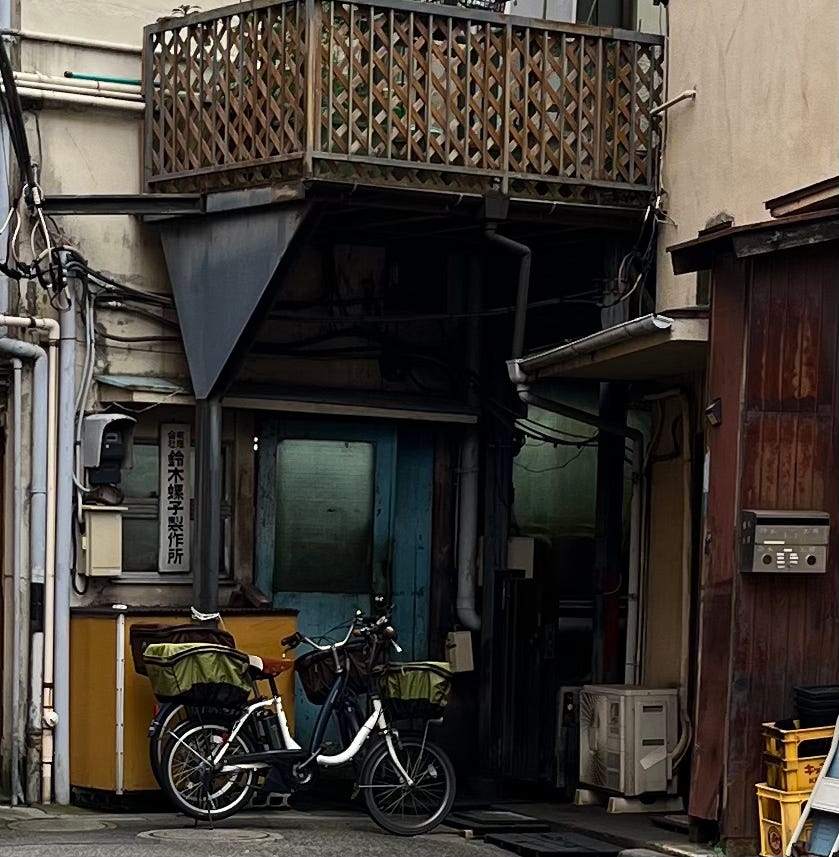
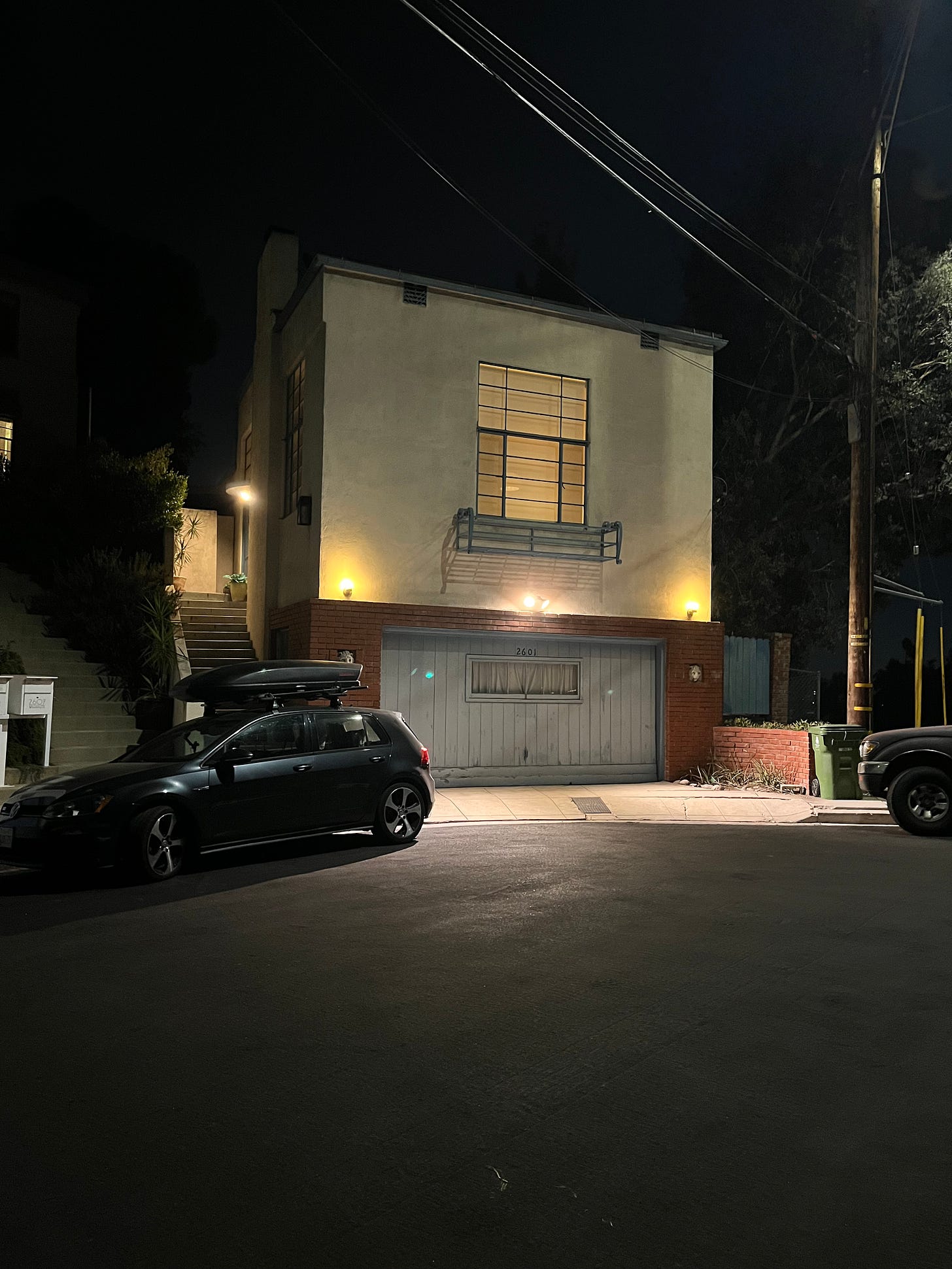
I love the contrast between the ‘eastern’ Tosh and the ‘western Tosh’ do you think you could write a story if it was reversed and your main home was in Meguro and you visited LA once a year ?
Thanks. Always interesting little tidbits about Japan that I would never get in the usual “Travelogue.” Welcome home.